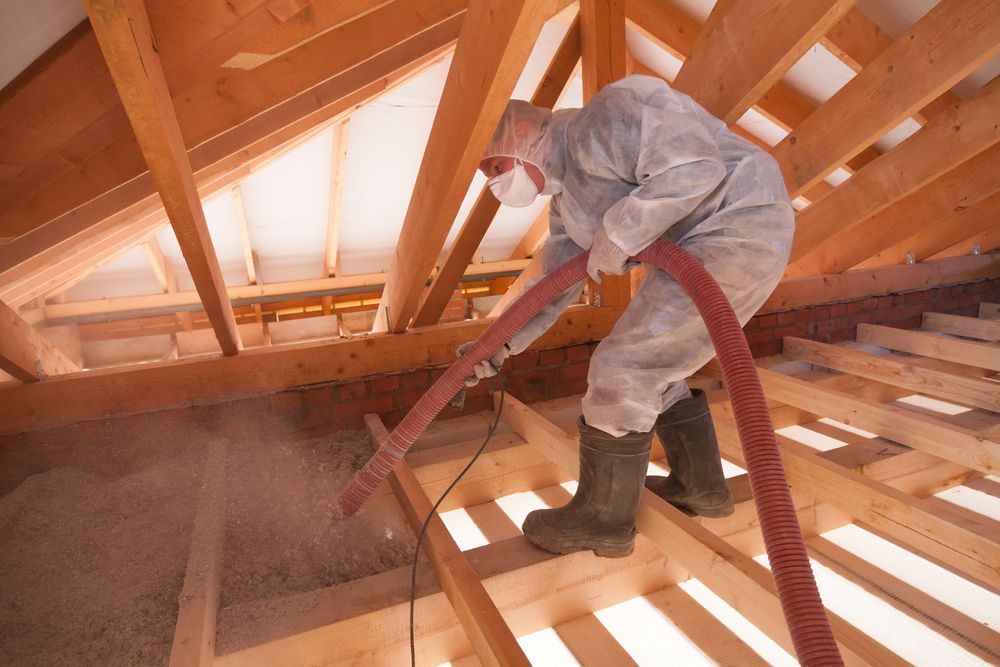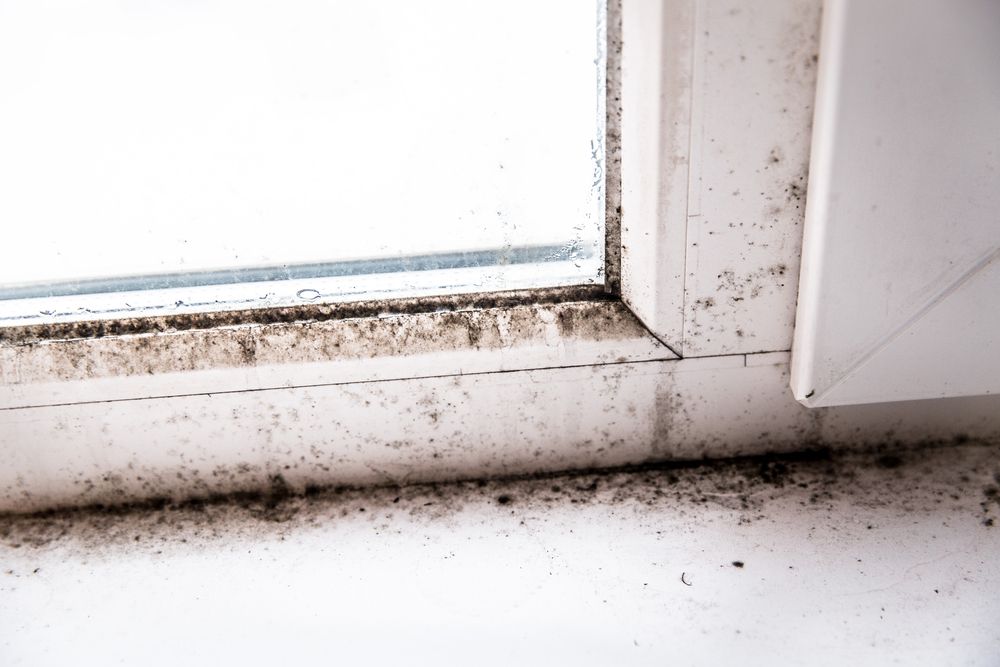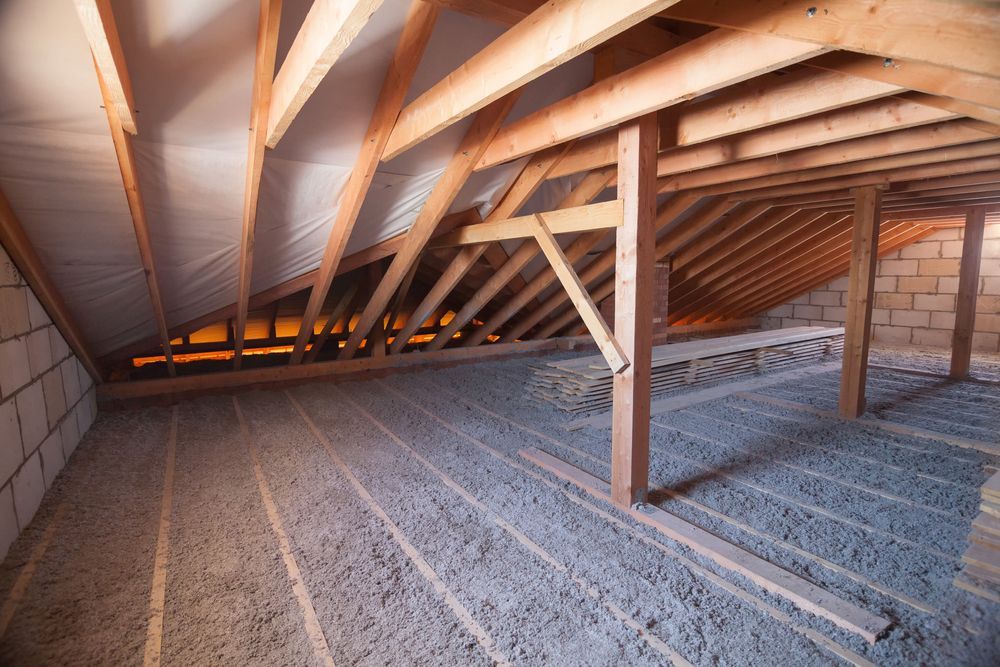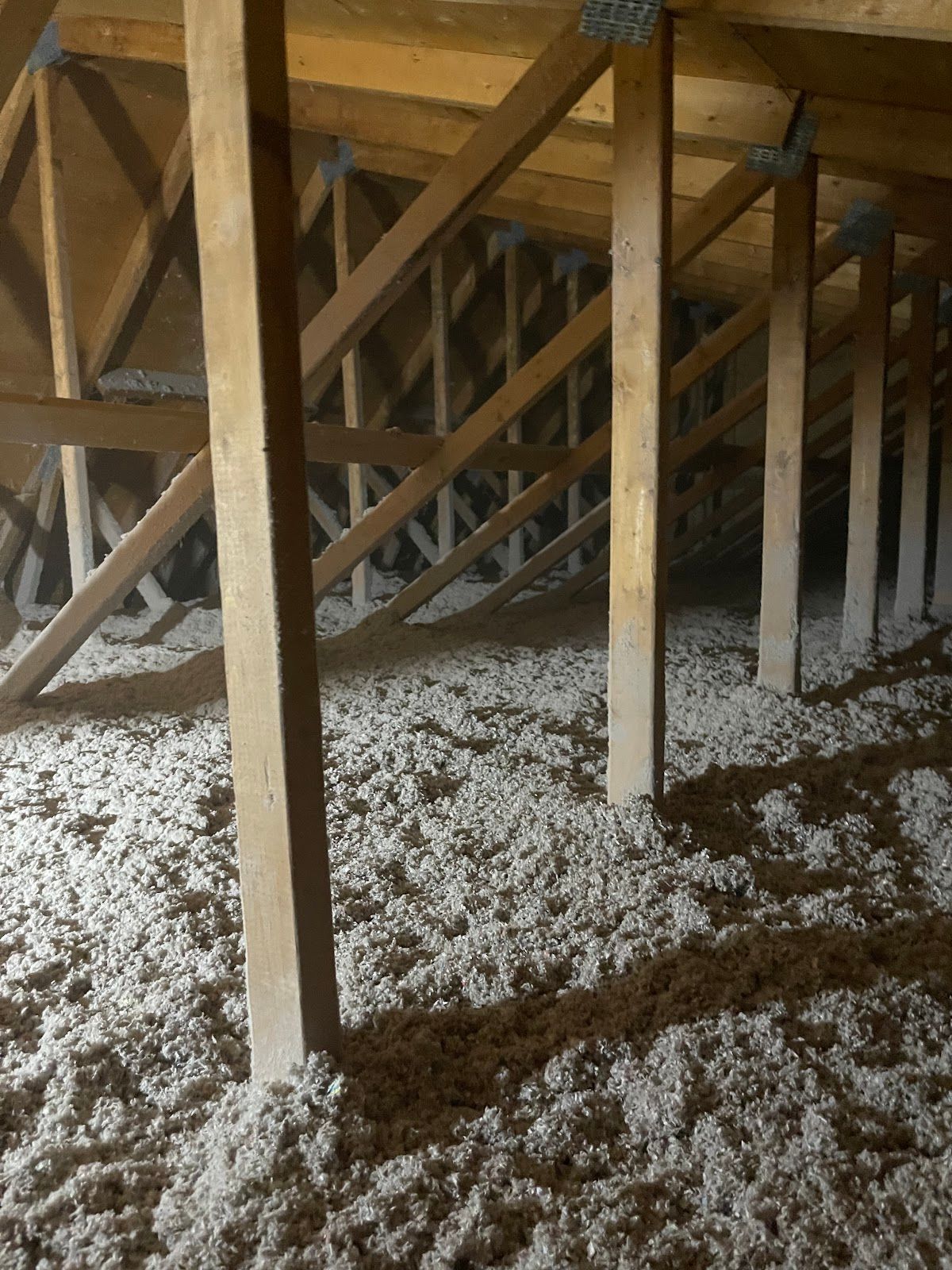Mold in the Attic: What Causes It and What to Do About It
There’s nothing worse than finding mold in the attic. It smells, it damages wood, insulation and framing and more than anything it can cause illness when left untreated. The best way to deal with problems like this is to deal with them before they arise. So in this article, we’re going to look at some of the causes that lead to mold and more importantly, some of the best steps towards mold remediation.
Let’s get started with the causes.
Causes of Mold in the Attic
- Insufficient Ventilation
If your attic is not getting enough air, then it will become a breeding ground for mold. The reason for this is that insulation, which is the main thing that is needed to keep the attic cool in the summer and warm in the winter, can hold moisture. Extra moisture and condensation will then settle on the roof, providing mold bacteria the perfect environment to start to grow.
- Improperly Installed Vents
If the vents are blocked with insulation or closed off by the owner, the attic will have inadequate ventilation. Without being able to get rid of the moisture that is inside the attic, water droplets can then condense on the roof and start to grow mold. Make sure that when you get work done around your roof, that it is up to code and that you hire a professionally qualified team to do so.
- Roof Issues
If your attic leaks, has cracks or missing shingles, then water can leak into your roof space. As we’ve discussed above, any source of moisture, any source of damp, can provide a breeding ground for bacteria and mold in your attic. Make sure that the integrity of your roof is upheld and that it’s a non-permeable seal that surrounds the interior part of your roof. You should be able to see from an inspection of the outside of your home whether or not there are missing shingles, vegetation, damaged gutters, or any of the other signs of a damaged roof. If you do see any of these, don’t hesitate to call a professional team to make a thorough inspection.
- Inadequate Insulation
Inadequate insulation will lead to mold in the attic; no two ways about it. Typically, insulation should be installed in the attic in such a way that the warm moist air is not trapped. If it can’t escape it will hasten the growth of mold in the attic. The longer it takes for the mold to be discovered, the bigger the problem. The mold is likely to spread and will have to be scraped off, or treated with a fungicide.
How to Remove Mold in the Attic
The level of difficulty of your attic mold removal job will depend on the severity of the problem. Most people do not have the time or resources to remove it themselves. They need the help of professional mold removal companies. The first step to mold removal is to hire a certified mold removal company.
Speak to the Professionals
So if you’re looking for a professional, locally owned and operated
mold remediation team to take care of your mold issue, contact RPM Home Services. At RPM, we take pride in our quality of service, affordable prices, and personal touch to make you feel you’re treated like family.. With 80+ years combined experience in the HVAC and insulation business, we have the expertise to deal with whatever problem you might come across in your roof or attic.
For your convenience we have offices in Ottawa, Toronto, Kitchener/Waterloo, and Chicago, Illinois. Get in touch with us now by phone at 1- 888-776-4629 or through the form on our website , for your free quote and RPM it!










